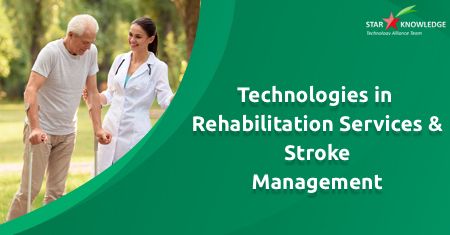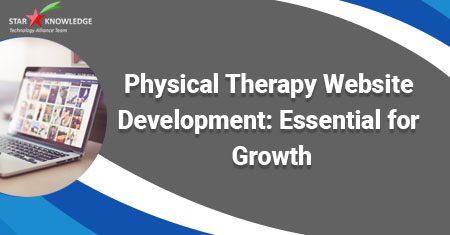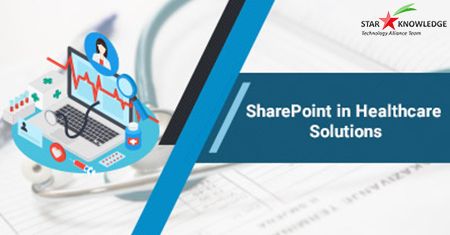
25 Sep Technologies in Rehabilitation Services & Stroke Management
25 Sep 2019![]()
With the aging population on the rise, there is a greater requirement of physical therapy and rehab services. Unlike mainstream inpatient and ambulatory services, there have been, thankfully, fewer mandates on physical therapists to adopt the technology by the federal government.
As per Google trends and analytics, the search interest for keywords ‘Physical Therapy near me’ has grown by over 700%. Rehab services are highly involved professions where care is delivered on a one to one and personalized basis.
Stroke, one of the leading causes of long-term adult disability, is an area where physical therapy and rehabilitation are the major factors in the overall care management plan. Stroke strikes suddenly when it is least expected. Taking care of stroke survivors or any other neurological condition, for that matter, is stressful, both for the patient and their families. Rehabilitation and physical therapy are started soon after the onset of stroke. Once the emergency is taken care of, physical therapy is an important component of the care plan. A physical therapist is actively involved soon after admission and then during the transition of the patient from the inpatient hospital settings to the community or home care setting.
Most rehabilitation services are a multi-disciplinary effort including a team of physicians, therapists (PT, OT, and SLT), psychologists and social workers. Digital technologies can play an important role in rehabilitation management. We outline a few use cases of technology for therapists and rehab professionals in Stroke Management & treatment of patients with stroke:
Mobile Device Supported Neurological Examination
The multitouch user interface and accelerometers of mobile devices can be used to assess neurological deficits. Accelerometers are tools that are used to measure free-living physical activity. With inbuilt accelerometers in smartphones, they have been used to build applications to measure physical activity, gait, exercise timings, and fall detection. As an example, the pronator drift test is a neurologic examination used to evaluate mild arm weakness. The presence or absence of pronation and drift are determined qualitatively. Several studies have demonstrated that accelerometers are reliable tools for quantifying degrees of drift and pronation after stroke.
Rehabilitation Therapy using Virtual Reality
Rehabilitation following stroke requires goal-oriented tasks and repetition of tasks. A mobile application can encourage simulated real-life functional activities which are interesting and can be tracked.
- Video games: Video game therapy can engage patients to enhance their cognitive skills and trigger the use of specific muscles that can stimulate new connections between different parts of the brain. The regular Wii games like bowling require hand-eye coordination, can help motor recovery after a stroke. Several sophisticated mobile games are also available that can be tracked remotely and help in recovery after a stroke.
- Video Tele-Consults: After a stroke, in the home or rehab center, regular monitoring by your PT can help to evaluate progress. Telehealth technology can be used to remotely evaluate stroke patients. The National Institutes of Health Stroke Scale (NIHSS) can be administered by a stroke specialist using high quality videoconferencing when a specialist is not available at the bedside. Teleradiology is also another aspect when systems approved by the FDA is useful in making treatment decisions on thrombolytic treatment.
A combination of telerehabilitation and Virtual reality may be the preferred technology in post-stroke rehabilitation for the assessment and management of patients.
Robotic Exoskeletons
These are wearable robotic units controlled by a computer and are coming up as a rehabilitation tool for disabled individuals with Spinal Cord Injury or Stroke. Various powered exoskeletons are available with different levels of injury. However, in clinical settings, they are not widely used yet, mainly because of their prohibitive cost and high level of training required. Many of these therapeutic robotic devices include arm and leg supports and contain sensors that track movements and monitor changes in force and terrain.
Patient Education
Patients always have questions during their rehabilitation process. Sending across personalized education materials can help them feel motivated and help make lifestyle changes. They can also be used to prevent recurrent attacks of stroke, drug compliance, and control risk factors. For larger facilities, this can be automated by categorizing patients and sending tailored educational material.
Rehabilitation of stroke survivors involves relearning the skills that are lost when part of the brain is damaged. The goal of physical therapy is to encourage the use of impaired motor skills and fix deficits in motor and sensory impairments and forms a major part of the care management plan.
Modern technologies are taking over conventional treatment methods in healthcare, physical therapy and occupational therapy. If you’re looking for custom patient-focused software solutions, contact the Star Knowledge team.
Our Related Posts
Physical Therapy Website Development: Essential for Growth
Unlike visiting a family practitioner or a specialist physician, a common misconception that most patients……
Redesigning of Sharepoint Online Portal
The client is one of the leading construction companies in North America.The Client currently uses SharePoint……
Technologies in Rehabilitation Services & Stroke Management
With the aging population on the rise, there is a greater requirement of physical therapy and rehab services…….










No Comments